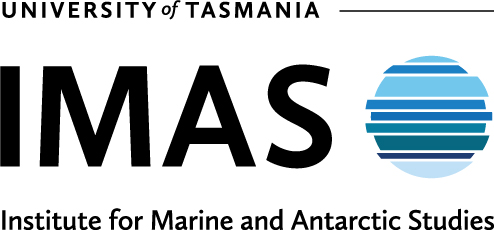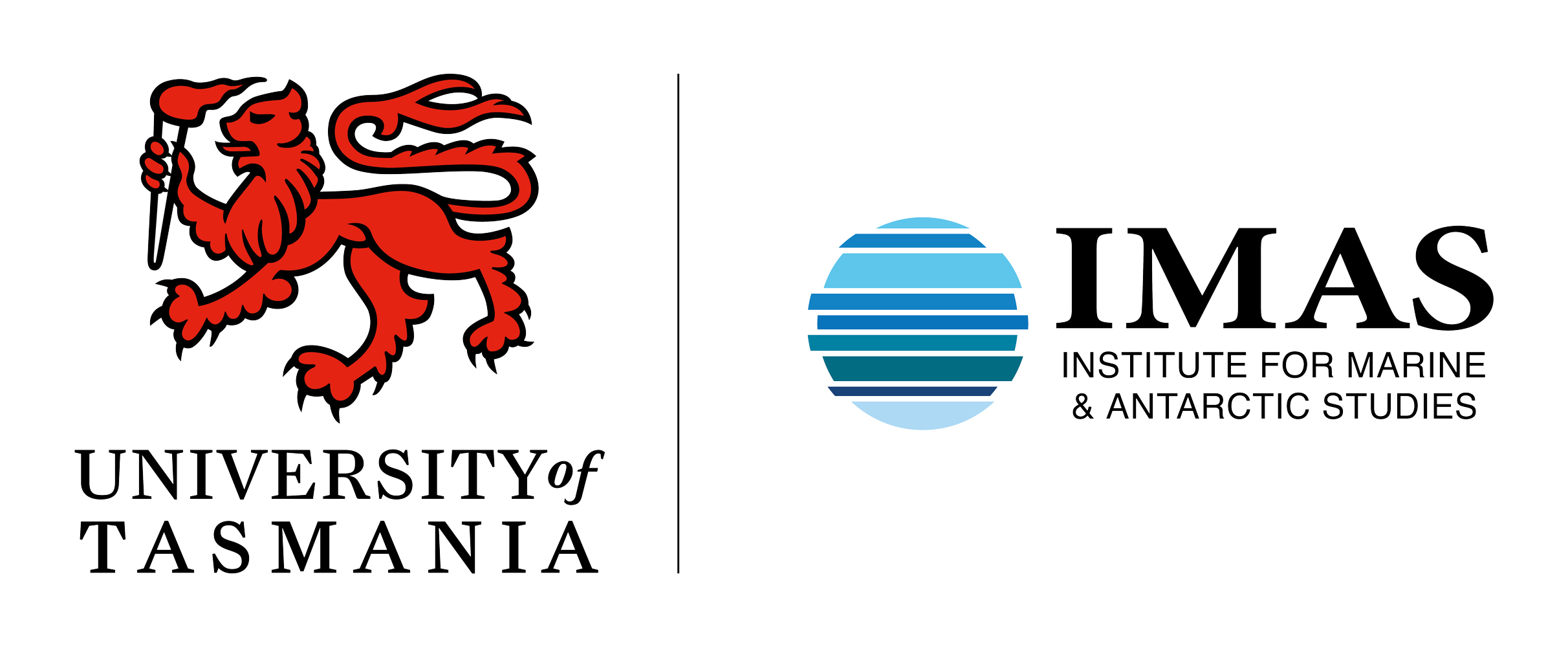Biology
| Species | Sillago flindersi |
| Common Name | Eastern School Whiting |
| Importance | Minor |
| Habitat | Coastal lakes, estuaries, and along outer coast |
| Depth | ≤ 170 m (Gomon et al., 2008) |
| Distribution | Endemic to southeastern Australia; southern Queensland to western Victoria, around Tasmania (Gomon et al., 2008) |
| Diet | Mainly crustaceans: amphipods, decapods, mysids, copepods (juveniles) (Burchmore et al., 1988) |
| Stock Structure | Some evidence of four genetically distinct stocks: two in New South Wales, one in Tasmania, one in Victoria; Commonwealth assessments state that the evidence for separate stocks is weak and manage the species as a single stock (Dixon, 1987; Morison et al., 2012) |
| M (Natural Mortality) | 0.7 (Gray et al., 2014) |
| Maximum Age (years) | 7 (Kailola et al., 1993) |
| Maximum Length (standard length; cm) | 33 (Gomon et al., 2008) |
| Unsexed K (von Bertalanffy growth parameter) | 0.46 |
| Unsexed t0 (age (years) when length = 0) | -0.5 |
| Unsexed L∞ (asymptotic von Bertalanffy length (fork length; cm)) | 23.9 (Tilzey, 1994) |
| Size at Maturity (fork length; cm) | 14 – 16 (Hobday and Wankowski, 1987; Burchmore et al., 1988) |
| Age at Maturity (years) | 2 (Hobday and Wankowski, 1987; Burchmore et al., 1988) |
| Spawning Season | Spring – late summer (Hobday and Wankowski, 1987) |
| Other Spawning Information | Females release 30 000 – 110 000 eggs in total during spawning season (Hobday and Wankowski, 1987) |
| Early Life History | Juveniles inhabit inshore waters (Froese and Pauly, 2019) |



